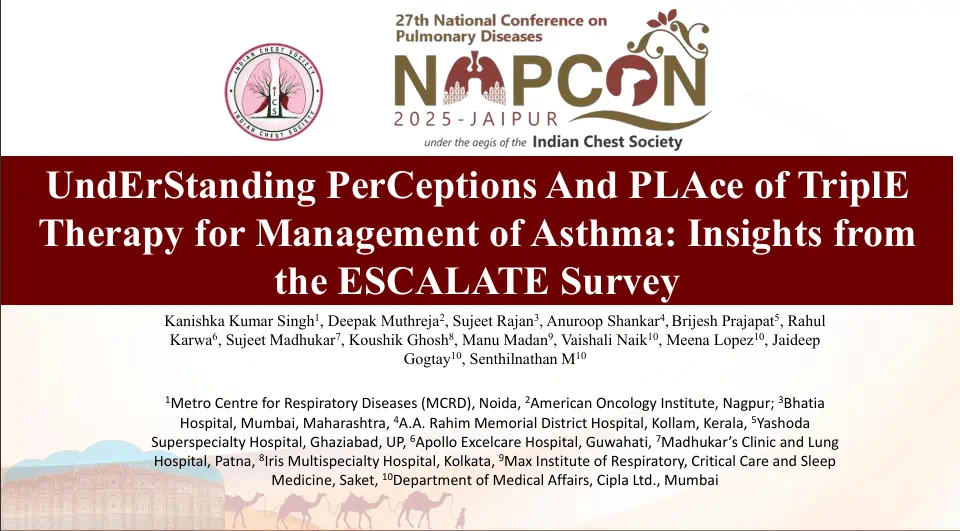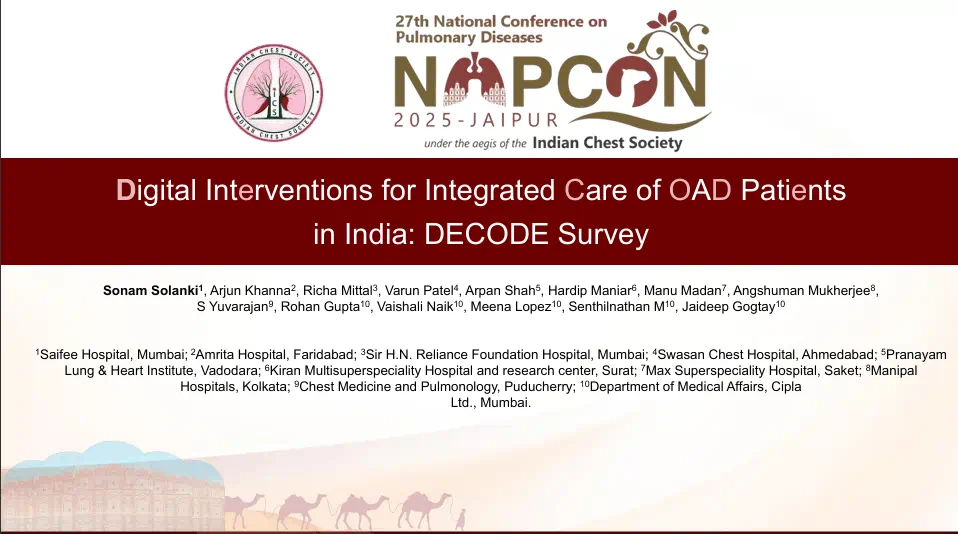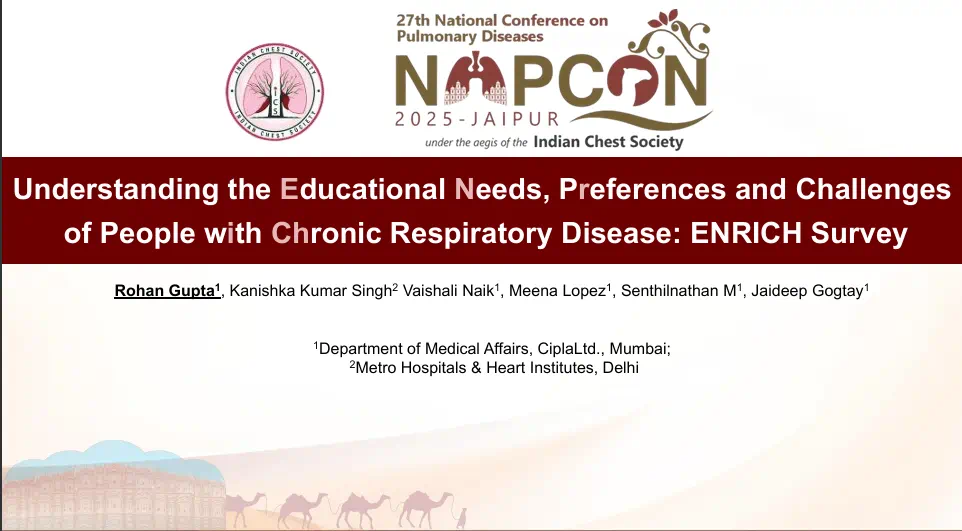LOTUS Study: Head-to-Head Comparison of Long-Term Efficacy and Safety of Tafluprost, Travoprost, and Latanoprost in Patients with POAG or NTG
Introduction
Elevated intraocular pressure (IOP), the key modifiable risk factor for glaucoma is known to influence the glaucoma treatment. The role of prostaglandin analogs (PGAs) as the first-line treatment for the management of glaucoma is already established. The clinical efficacy of the three PGAs; latanoprost, travoprost and tafluprost varies, but there is no comparative clinical evidence on the efficacy and safety of these agents in the real-world setting.
Aim
To compare the real-world effectiveness and safety of long-term tafluprost, travoprost, or latanoprost in patients with primary open-angle glaucoma (POAG) or normal-tension glaucoma (NTG).
Patient Profile
- Adult patients with POAG or NTG with at least five reliable visual field (VF) data points measured using Humphrey perimeter (n=299)
Methods
Study Design
- A multicenter retrospective cohort study
Treatment Strategy
- Patients received long-term (at least six months) treatment with one of the following PGA ophthalmic solution
- Tafluprost; 0.0015%: (n=110)
- Travoprost; 0.004%: (n=73)
- Latanoprost; 0.005%: (n=117)
- For analysis, Match Set 1 was selected by matching age and gender based on the lowest number of control groups in the full analysis set (FAS) in patients with POAG or NTG.
- Similarly, Match Set 2 was selected by matching the FAS in patients with NTG.
Outcomes
Primary Outcomes
- VF progression via mean deviation (MD) slope [expressed as decibel (dB)/year]
Secondary Outcomes
- Change of MD
- Change in IOP
- Pattern standard deviation
- VF index
- Advanced glaucoma intervention study score
- Treatment-related adverse events (AEs)
Results
- The Match Set 1 comprised of 216 POAG or NTG patients (72 patients/group), and Match Set 2 comprised of 177 NTG-only patients (59 patients/group) according to: age (mean age: 61, 62 years) and gender (male: 53, 56%).
- The change in MD and MD slope did not differ significantly between groups (Match Sets 1: p = 0.413, Match Sets 2: p = 0.374; Table 1).
- The IOP decreased significantly during the treatment and remained stable throughout the study period, with no significant group differences (Table 1).
|
|
Match Set 1 |
Match Set 2 | |||||
|
Tafluprost (n=72) |
Travoprost (n = 72) |
Latanoprost (n = 72) |
Tafluprost (n = 59) |
Travoprost (n = 59) |
Latanoprost (n = 59) | ||
|
IOP (mmHg) | |||||||
|
Initial Visit |
15.18 |
14.49 |
14.98 |
15.69 |
14.49 |
14.74 | |
|
Last Visit |
13.29 |
12.36 |
12.97 |
13.49 |
12.36 |
12.93 | |
|
Change |
-1.89 |
-2.11 |
-2.02 |
-2.20 |
-2.11 |
-1.86 | |
|
MD (dB) | |||||||
|
Initial Visit |
-4.63 |
-5.41 |
-5.66 |
-5.06 |
-5.41 |
-6.08 | |
|
Last Visit |
-4.50 |
-5.78 |
-5.58 |
-4.85 |
-5.78 |
-5.88 | |
|
Change |
0.14 |
-0.38 |
0.08 |
0.21 |
-0.38 |
0.20 | |
|
MD Slope (dB/year) |
0.04 |
-0.07 |
0.02 |
0.05 |
-0.07 |
0.04 | |
- Other secondary outcomes also did not differ significantly between-group.
- No serious AEs were reported during the study, and the incidence of AEs did not differ significantly between the study groups.
Conclusions
- Amongst patients with POAG or NTG, long-term tafluprost, travoprost, or latanoprost showed similar effects in terms of reduction in IOP and various indices related to VF progression.
- All three PGAs exhibited a good long-term safety profile.
- All three PGAs proved to be sufficient as a first-line treatment in the study population.
J Clin Med. June 19, 2021 (Published Online);DOI: 10.3390/jcm10122717.









